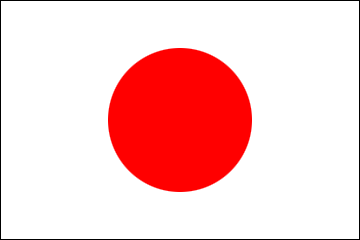Statement by Mr. TAKEBAYASHI Taro, Second Secretary, Permanent Mission of Japan to the United Nations, at the General Debate (Plenary Session) of the 22nd Session of the High-level Committee on South-South Cooperation
2025/5/27

Thank you, Mr. Vice President,
At the outset, I would like to congratulate the newly elected members of the Bureau and express my appreciation to UNOSSC for organizing this committee.
Today, South-South and Triangular Cooperation are widely recognized as indispensable modalities of international development cooperation. Both BAPA+40 in 2019 and the “Pact for the Future” in 2024 clearly acknowledge these cooperations as essential to achieving the SDGs by mobilizing a broad range of technologies and financial resources.
Mr. Vice President,
As outlined in Japan’s Development Cooperation Charter, which sets forth the principles of our ODA, we have been placing particular emphasis on ‘co-creation and solidarity’, concepts which explicitly reaffirm Japan’s commitment to advancing development cooperation through multi-layered approaches, including South-South and triangular cooperation.
Japan initiated its overseas technical cooperation by joining the Colombo Plan in 1954, when we were still in the midst of post-war reconstruction and receiving development cooperation from donor countries, which can be regarded as an early example of South-South Cooperation.
Furthermore, since the launch of the Third Country Training Program in Thailand in 1975, Japan has been a longstanding advocate of Triangular Cooperation. To date, Japan has concluded partnership programs with 12 countries, where over 2,000 experts from partner countries have been dispatched to and more than 80,000 participants have taken part in.
An inspiring example of Japan’s Triangular Cooperation is an agricultural initiative which began in Kenya with the support of the Japan International Cooperation Agency (JICA). JICA supported the Smallholder Horticulture Empowerment and Promotion (SHEP) program, which enhanced the capabilities of small-scale Kenyan farmers, doubling their average incomes. Building on its success, this program has since been implemented in 57 countries across Asia, the Middle East, and Latin America. This remarkable case illustrates how triangular cooperation can foster shared learning, mutual benefit, and sustainable development globally.
Mr. Vice President,
Due to shrinking ratio of GDP, it is increasingly vital to promote inclusive and collaborative multilateral cooperation beyond the traditional framework of North-South Cooperation. This includes engagement with the MDBs and private sectors, as well as expanding the donor base to include emerging countries.
With only five years remaining to achieve the 2030 Agenda, Japan remains committed to sharing our experiences in development cooperation through these cooperations to help accelerate progress toward the SDGs, ensuring that no one is left behind.
I thank you.
